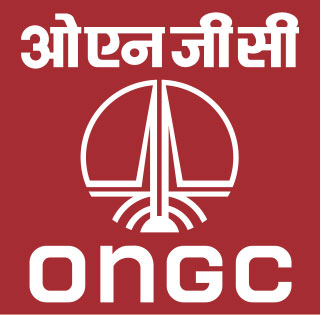Author: Anoop Singh, Raman K. Singh, Ashok Arya & B. V. Bhushan
Abstract - The GS-6 sand of Hazad member of Ankleshwar formation of Eocene age in Jambusar area of South Cambay Basin is deposited in lower delta plain environment. The main depositional features are channel sands and over bank deposits. Newly drilled exploratory & development wells gave surprising results in terms of reservoir sand thickness, indicating that the reservoir sand delineation is still a challenge in this area. Challenges were faced both in static and dynamic modeling in this field. While capturing the lateral heterogeneity of geological setup was main problem in static modeling, the water differential breakthrough behavior was posing a problem in dynamic modeling. The thickness of GS-6 pack varies from 10 to 37 m in study area while GS-6 net sand thickness varies between 2 to 22m. The thicknesses of these sands are below resolution of available seismic data. The top and bottom of the sand is not distinguishable on seismic section, however its response is registered in seismic. The reservoir interval was calibrated on seismic through analysis of horizon slices & well to seismic tie.The sand geometry was delineated using average amplitude attributes & spectral decomposition analysis. A seismic driven robust facies model was prepared by capturing the heterogeneity based upon the delineated sand geometry. The effective porosity was populated in the model taking guidance from seismic amplitude attribute. A good history match was achieved at well level and field level with new static model. Most of the issues faced in static and dynamic modeling were addressed.
Based on delineated GS-6 sand geometry, additional area beyond existing sand pinch-out limit was identified for further delineation. One development and one delineation well was drilled to test the new envisaged model. The thickness of reservoir facies at both the drilled wells was close to model prediction. On testing objects in GS-6 sand, both the wells flowed hydrocarbon, resulting in incremental hydrocarbon gain and additional reserve in this brown field.

